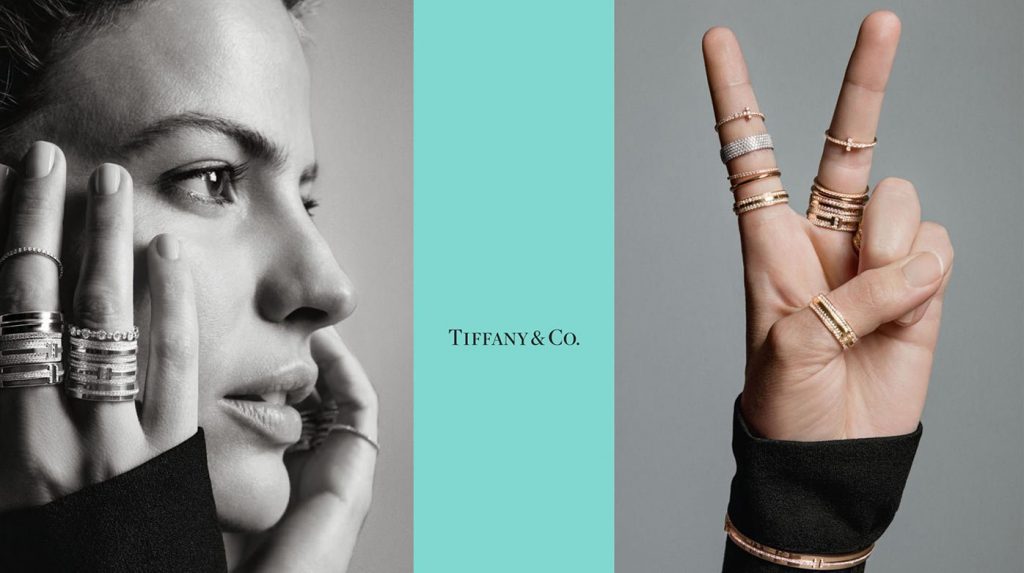Twitter has landed a win in the first round of the case that it is waging against Elon Musk in the wake of the Tesla and SpaceX chief executive attempting to back out of a $44 billion agreement to acquire the social media platform. Between the high-profile nature of the case and the claims that Musk’s legal team is waging in an attempt to get him out of the deal that the parties reached in April, the lawsuit – which was filed in the Delaware Chancery Court on July 12 – draws something of a neat line to a similarly-closely-watched, deal-centric case that landed before the Delaware court in September 2020: the since-settled one that Tiffany & Co. filed against LVMH when it sought to walk away from a $16.2 billion deal to acquire the famed jewelry brand.
For a bit of background, Twitter sued Musk earlier this month for allegedly failing to uphold his end of a $44 billion deal to buy the social media platform. “Musk apparently believes that he – unlike every other party subject to Delaware contract law – is free to change his mind, trash the company, disrupt its operations, destroy stockholder value, and walk away,” the San Francisco-based social media company asserted in its complaint. The basis for Musk’s move to pull the plug on the deal? Twitter allegedly “materially” breached the parties’ agreement by making “false and misleading representations” about the number of spam accounts on the platform, with such alleged misrepresentations amounting to a “material adverse event.”
Beyond that, Musk has argued that between the time of signing off on the binding merger agreement and the deal’s closing (slated for October 24, 2022 at the latest subject to a potential 6-month extension), Twitter engaged in activities that fall outside of the ordinary course of business and that are not in line with the Jack Dorsey-founded company’s past practice, namely, by ousting two high-level executives and one-third of its talent acquisition team. (Twitter has argued that it was able to negotiate the “past practices” term out of the parties’ deal agreement – more about that in a minute.)
In short: Musk is arguing, among other things, that he should be able to walk away from the deal without being penalized because: (1) Twitter’s “false and misleading representations” about the number of spam accounts, which Musk says he relied on in entering into that deal, give rise to a “material adverse effect” (“MAE”); and (2) Twitter has failed to comply with the “ordinary course” covenant in the merger agreement by terminating certain employees, slowing hiring, and failing to retain key personnel. (Musk also claims that Twitter breached information-sharing and cooperation covenants related to information about the number of bots.)
If these arguments sound familiar it may be because they were central to the case that Tiffany & Co. levied against LVMH when the French luxury goods group tried to walk away from their deal – albeit the MAE and “ordinary course” claims in that case stemmed from the impact of the COVID-19 pandemic. (After reaching a deal in November 2019 to acquire Tiffany & Co. for $135 per share, Bernard Arnault-run LVMH attempted to formally back out almost a year later, arguing that Tiffany had failed to “follow an ordinary course of business, notably in distributing substantial dividends when the company was loss making,” and also claiming that “the operation and organization of [Tiffany] are not substantially intact” and that the company was in the midst of suffering from a “durationally significant downturn,” thereby, invoking the MAE clause in the parties’ merger agreement, which they signed-off on ahead of the onset of COVID.)
While the Tiffany v. LVMH suit did not play out in court for long (the parties salvaged the deal for a renegotiated $131.5 per share), Brian JM Quinn, a professor at Boston College Law School, who focuses on corporate law, M&A, and transaction structuring, told TFL this week that had LVMH fought to get out of the deal, instead of renegotiating and settling the suit, it “may have had a reasonable chance of winning on the ordinary course argument given that AB Stable won on the same argument.” (In deciding AB Stable v. MAPS Hotels and Resorts One in December 2021, the Delaware Supreme Court upheld the Court of Chancery’s finding that the seller breached the ordinary course covenant in the merger agreement when it made significant business changes in response to the COVID-19 pandemic without either securing the buyer’s consent or providing it with notice.)
The outcome in AB Stable could – on its face – seems meaningful for Musk, as the ordinary course claim is the one where he “might have some purchase,” per Quinn. However, this is still not likely to be a homerun for Musk, not least because Twitter alleges that while a draft version of the merger contract included a covenant that required Twitter to get Musk’s consent before firing employees at the level of VP and above, that term was ultimately negotiated out of the final agreement, thereby, making it difficult for Musk to successfully argue now that the company breached their deal by firing executives without his consent.
Additionally, Quinn says that Musk is similarly facing an uphill battle in taking issue with Twitter’s failure to retain employees between signing the merger contract and closing the deal. The kicker here is that, according to Twitter, it sought Musk’s consent – on two separate occasions – to establish an employee retention program to beat some of the traditional turnover that follows from mergers, but he allegedly rejected the idea. And finally, Musk is likely to have little luck in gaining traction for his claim that Twitter is not operating “consistent[ly] with past practice,” as Twitter argues that it negotiated this term out of the parties’ final agreement. As such, Quinn contends that Twitter need only “run the business,” and it need not do so in a way that “looks exactly like what they did in the past,” especially in the face of a downturn in the economy, which would not, for example, require it to employ “the same number of people as in they have in the past.”
The seemingly bad news for Musk is that the “ordinary course” claim – which “seems to fall apart once you add additional facts to the picture,” per Quinn – is still a stronger claim that the MAE argument, which centers on Twitter’s routine disclosures to the U.S. Securities and Exchange Commission (“SEC”) about the number of bot accounts on its platform. (In its SEC filings, Twitter estimates that less than 5 percent of Twitter accounts are “false or spam” accounts, but also states a sentence later that “in making this determination, we applied significant judgment, so our estimation of false or spam accounts may not accurately represent the actual number of such accounts, and the actual number of false or spam accounts could be higher than we have estimated.”)
Ann Lipton, a business and securities professor at Tulane, stated on Twitter this week that there simply is “no evidence of an MAE” – or an event or series of events that has caused a significant or material deterioration in the financial health of the target or in the stability of the target’s business between the signing of the agreement and the closing. According to Lipton, it is “not clear how spam accounts would evidence that Twitter made any false statements (it always warned its estimates could be wrong), and [Musk] has not articulated why the information [that] he has is not sufficient to close” to deal.
LVMH and Tiffany famously found their way back to the negotiating table and closed the deal (complete with a 2 percent discount for LVMH and formalized assurances for Tiffany that if LVMH tried to renege again, it would not have any walkaway rights, and thus, the price that would be used by the court for determining damages would be the original $135 per share price”) – making for the largest luxury deal to date, beating out LVMH’s acquisition of Dior for $13.1 billion in 2017. As for whether that will happen for Twitter and Musk is yet to be seen.
The potential outcomes in the event that the parties do not renegotiate the deal for a lower price and subsequently settle the suit are twofold: (1) the court orders specific performance and force Musk to buy Twitter for the agreed-upon price, or (2) the parties reach a settlement in connection with the deal (as distinct from a settlement of the lawsuit) in furtherance of which the two parties agree to get their separate ways and Musk pays some sum of money. That sum would be something larger than the $1 billion termination fee set out in the merger agreement but less than $44 billion.











